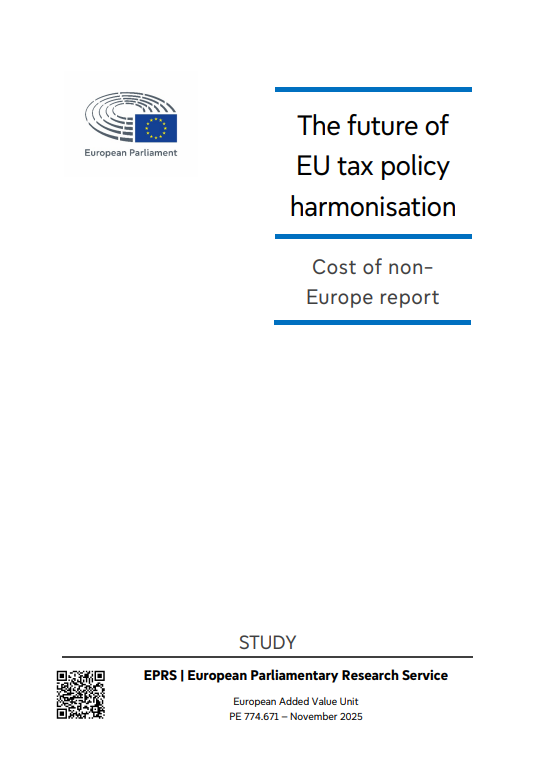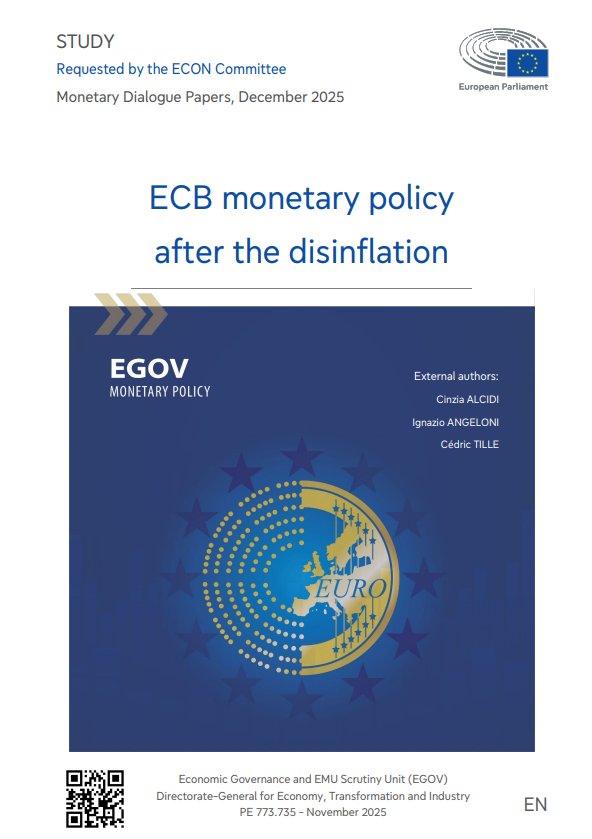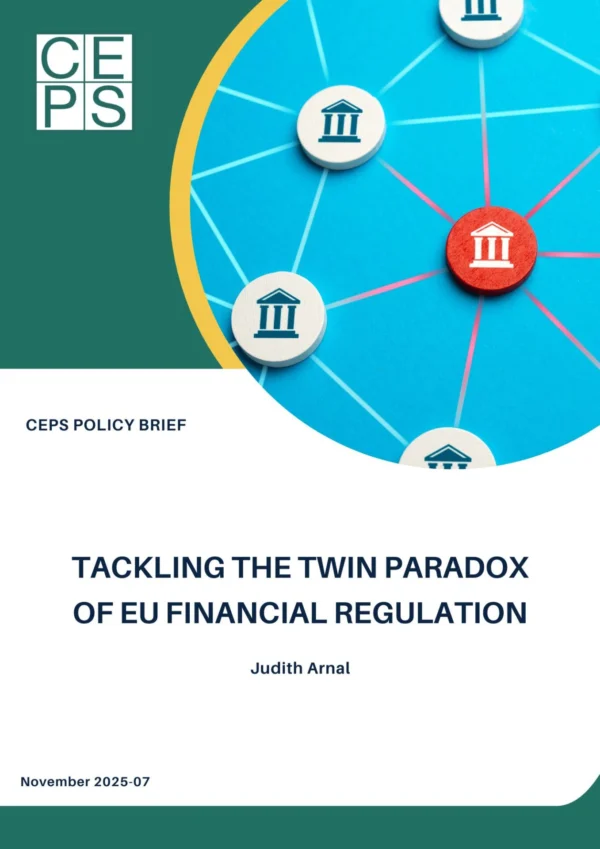Possibly facilitated by the perspective of Brexit, the European Commission has proposed, for the first time, a truly proportional regime in its new prudential framework for investment firms. The very large firms, which are all headquartered in London today, will be required to obtain a banking license – to the extent they will relocate to the EU – given the possible systemic effects. For mid-sized and smaller firms, a different and lighter regime is proposed. This initiative should be welcomed in the context of capital markets union (CMU) as it not only harmonises, but also recognises that a clearly distinct regime is needed for investment firms with their different risk profile. Vibrant capital markets require specialised intermediaries, but they have been priced out of the market in most countries.
Author: Karel Lannoo
According to EBA data, there are some 6,000 investment firms in the EU. More than half are based in the UK (55%) with another 10% in both France and Germany. The dominance of the UK is even more pronounced in balance sheet terms: not only are the systemically important investment firms all based in the UK, controlling about 80% of all investment firm assets in the EU, but also many large specialised intermediaries. Several of these firms are in the process of relocating part of their operations to the EU 27 to preserve EU market access.
Over the last 25 years, the investment firm regime had been gradually combined with that for banks in most member states, with the effect that many were taken over by or are supervised as banks – or simply disappeared. In some other states, most importantly the UK, a different regime was applied, using different options than currently exist under the bank capital requirements (CRDIV/CRR). The investment firm regime was never really harmonised in the EU: there never was a truly European regime, but a series of exemptions from the CRD/CRR for up to 11 different categories. This failed to cover the full range of investment services that investment firms provide. Moreover, it created distortions, as CRD/CRR is designed for banks and credit risk, and to protect depositors, but not calibrated to the risks investment firms face, with the result that supervisors often had recourse to Pillar 2 capital requirements. Moreover, it is a source of excessive complexity and compliance costs for such firms.
Three different regimes
The Commission now proposes three different regimes for investment firms. The largest firms, with more than €30 billion in assets, will need, in view of their systemic importance, to obtain authorisation as credit institutions and be fully subject to the CRD/CRR and supervised by the ECB under the SSM. For Class 2 firms with a balance sheet total over €100m, and assets under management above €1.2 billion, a higher (than current) or permanent minimum/initial capital or fixed overheads requirement is calculated on the basis of the ‘K-factor’. Class 3 firms below these thresholds (small and non-interconnected firms) will be subject to an even lighter regime. Firms holding client money and involved in trading will be automatically characterised as Class 2.
The simpler capital requirements or K-factor are calculated with a coefficient on the basis of a series of quantifiable data based upon the risk to clients, markets and the firm. It will relieve these firms of most of the complex CRR-calculations, and, importantly, reduce recourse by supervisors to the unsuitable Pillar 2 capital requirements. For most firms, it means a slight reduction of the Pillar I requirement today, although for some, such as execution brokers, it is a significant increase, according to the Commission staff working document and some industry associations. This increase may however be mitigated by the reduction of the Pillar II requirement.
Supervisory ambiguity
The harmonisation of the prudential regime also raises the issue of which supervisor is in charge. Since it concerns the prudential regime, it should be the prudential supervisor. Since it concerns markets, it could also be the conduct supervisor. Different member states and the EU have applied this in different, not necessarily consistent ways. At EU level, the EBA is in charge of prudential issues, and prepared the report on this theme, although ESMA is also involved, and has a standing Committee on supervision of intermediaries. At member state level, in some cases the markets supervisor is in charge of licencing and supervising investment firms, while in others it is the bank or prudential supervisor. In the UK, which locates the Prudential Regulatory Authority for banks at the Bank of England, about 3,300 investment firms (not including the systemically important) are authorised and supervised by the Financial Conduct Authority (FCA). The proposal to put prudential supervisors in charge of supervising large firms makes a clear choice in one direction, whereas leaving supervision for Class 2 and 3 firms to the national competent authority maintains the lack of clarity.
A further ambiguous aspect is the status of other regimes. Apart from the investment firm regime, there is also the UCITS asset management company regime, which is kept separate, with different capital requirements and also largely left to national discretion.
All in all, this proposal is to be welcomed, even more so as we are looking for tangible outcomes of the CMU initiative of the Juncker Commission. It could restore a competitive environment for non-bank investment firms, certainly in the EU-27, where it will be needed following the departure of the most developed capital market in the EU. Mirroring the practice that is in place in the UK today will require a rapid reaction by EU-27 in adopting the proposal, but also by the member states in preparing to implement it. This may also enable the improved equivalence regime contained in this proposal to work more effectively in the future and allow for flexible cooperation between the UK and the Continent after Brexit.
Karel Lannoo is Chief Executive of CEPS and General Manager of ECMI. This contribution is based upon the discussion at a recent ECMI seminar on Prudential Rules for Investment Firms: How to tailor a targeted prudential framework? held on April 19 in Amsterdam. Comments by speakers and participants are gratefully acknowledged.
ECMI Commentaries provide short comments on developments affecting capital markets in Europe. They are produced by specialists associated with the European Capital Markets Institute, which is managed and staffed by CEPS. Unless otherwise indicated, the views expressed are attributable only to the author and not to any institution with which he is associated, and do not necessarily represent the views of the ECMI.
www.eurocapitalmarkets.org, [email protected]
© Copyright 2018, Karel Lannoo. All rights reserved.














